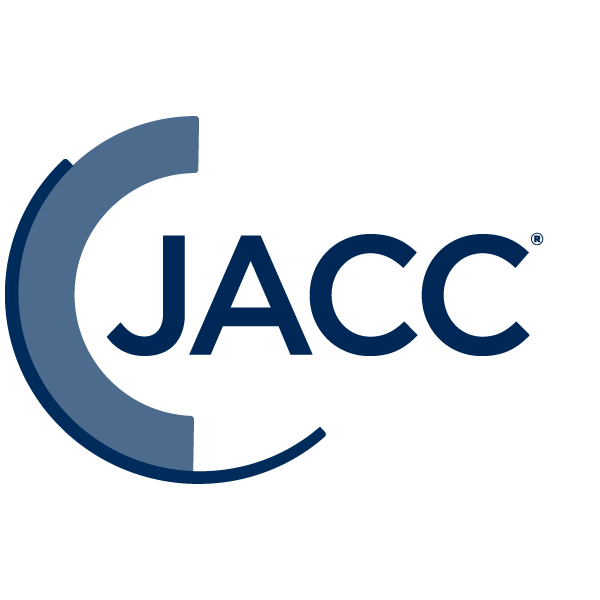JACC in a Flash
Featured topics and Editors' Picks from all of ACC's JACC Journals.

A tailored program developed by the Association of Black Cardiologists (ABC) for community health advocate training (CHAT) holds promise for other professional societies and health care systems seeking to improve health equity in underserved communities, according to new research published in JACC.

Ischemia on exercise electrocardiographic stress testing (EST) was found to be highly specific for an underlying ischemic substrate among patients with angina with nonobstructive coronary arteries (ANOCA), challenging the notion that EST has a high false positive rate, according to a study published in JACC.
Aish Sinha, MBBS, et al., sought to evaluate the specificity of EST in detecting ischemic substrate in patients with ANOCA. The study authors enrolled consecutive patients with ANOCA who underwent invasive coronary physiology assessment using adenosine and acetylcholine and were referred for assessment. They performed EST using a standard Bruce treadmill protocol, defining coronary microvascular dysfunction as "impaired endothelium-independent and/or endothelium-dependent function" and ischemia as "the appearance of ≥0.1-mV ST-segment depression 60 ms from the J-point on electrocardiography."
Among a total of 102 patients (65% women, mean age 60 years), 32 developed ischemia during EST while 70 patients did not, with both groups noted as phenotypically similar. All 32 patients in the ischemic group had coronary microvascular dysfunction, compared with 66% of patients in the nonischemic group (p<0.001).
Ischemia during EST was 100% specific for coronary microvascular dysfunction, and acetylcholine flow reserve was identified as the strongest predictor of ischemia during exercise. In addition, the false positive rate of EST dropped to 0% when using endothelium-independent and endothelium-dependent microvascular dysfunction as the reference standard.
"The present study emphasizes that the EST is an indicator of myocardial ischemia, not a 'rule-in' investigation for obstructive CAD," state John F. Beltrame, MB, BS, PhD, FACC; Sarena La, BSc(Hons), and Jessica A. Marathe, MBBS, PhD, in their accompanying editorial comment. "Moreover, when a patient with suspected angina and no obstructive CAD on coronary imaging…has an ischemic EST result, the clinician should diagnose the patient with ANOCA or INOCA and consider coronary physiological testing to identify the mechanism(s) responsible for the ischemia."

Phosphodiesterase type 5 inhibitors (PDE5i) are a common medical treatment for erectile dysfunction (ED) in men with cardiovascular disease. However, a study published in JACC suggests that patients are at higher risk for morbidity and mortality over time when PDE5is and nitrate medication are both prescribed.
Clinical Topics: Cardiovascular Care Team, Stable Ischemic Heart Disease, Chronic Angina
Keywords: Cardiology Magazine, ACC Publications, Erectile Dysfunction, Nitrates, Phosphodiesterase 5 Inhibitors, Prescriptions, Myocardial Ischemia, Electrocardiography, Coronary Vessels, Angina, Unstable, Angina, Stable, Health Equity, Risk Factors, Health Education, Public Health
< Back to Listings
